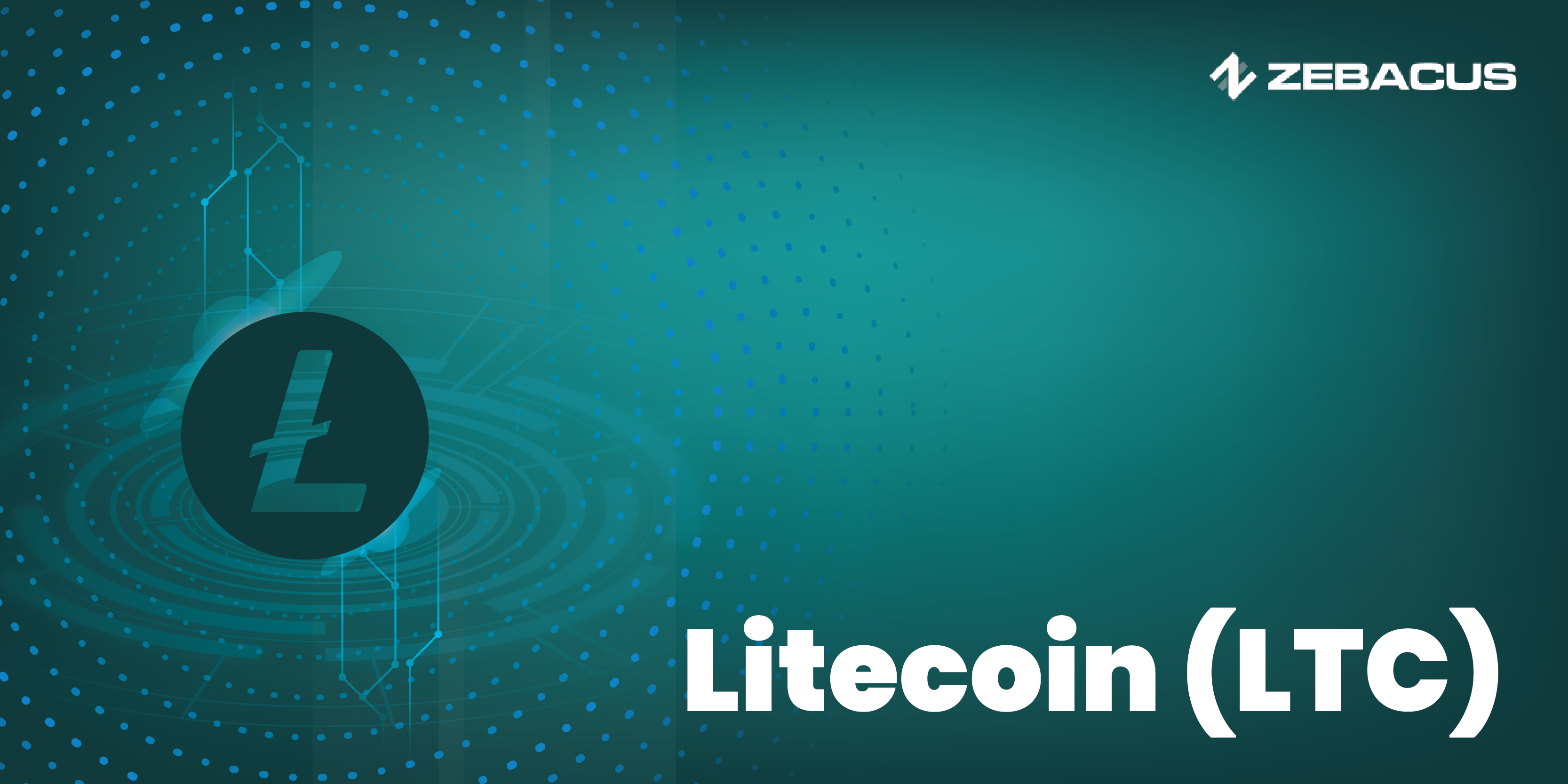What is Litecoin (LTC)?
While Bitcoin is known as ‘digital gold’ in the crypto space, Litecoin is dubbed ‘digital silver’. In the early days of the adoption of cryptocurrencies, Litecoin was like the Robin to the Bitcoin Batman in the crypto universe. However, changes in its consensus algorithm and the arrival of new types of mining infrastructure have resulted in the downfall of Litecoin from its initial days of glory. Let's dive into the world of Litecoin, unpacking what it is, how it works, and why it matters.
The Origin of Litecoin (LTC)
Litecoin was created by Charlie Lee, a former Google engineer, and was released via an open-source client on GitHub on October 7, 2011. The main goal behind Litecoin's creation was to improve upon Bitcoin's design by decreasing the block generation time, increasing the maximum number of coins, and changing the hashing algorithm. One of the motivations behind the creation of Litecoin was to allow the average person to participate in the crypto revolution. Lee created a lighter version of Bitcoin and named it Litecoin.
Key Features of Litecoin (LTC)
Lightcoin has two major improvements over Bitcoin.
Different Algorithm: While Bitcoin uses the SHA-256 hashing algorithm, Litecoin uses a simpler algorithm called Scrypt. Scrypt was chosen for its efficiency and because it is more CPU-friendly. This makes it more accessible for people who want to mine Litecoin using consumer-grade hardware rather than specialized mining equipment. The goal was to democratize the mining process, allowing more participants to join the network.
Faster Transactions: One other reason Litecoin was developed was to address Bitcoin's transaction speed. Bitcoin's average transaction confirmation time is around 10 minutes per block, while Litecoin has reduced this to 2.5 minutes. This means transactions on the Litecoin network are processed four times faster than Bitcoin. This speed is a significant advantage for users who want quicker transaction confirmation.
How Litecoin (LTC) Works
Blockchain: Like Bitcoin, Litecoin also operates on a decentralized network of computers. These computers, known as nodes, validate and record transactions on a public ledger which forms LItecoin’s blockchain.
Proof of Work: Litecoin also relies on a Proof-of-Work (PoW) consensus mechanism. However, Litecoin miners compete to solve an algorithm based on the Scrypt algorithm.
SegWit: Litecoin was one of the first cryptocurrencies to adopt Segregated Witness (SegWit) in 2017. SegWit improves transaction capacity and speed by separating transaction signatures from transaction data. This will effectively increase the block size without changing the block size limit. This change made Litecoin more efficient and improved its throughput.
Lightning Network: Litecoin supports the Lightning Network, a Layer 2 solution that enables faster and cheaper transactions by creating off-chain payment channels. This is particularly useful for microtransactions and further enhances Litecoin's scalability.
Why Litecoin (LTC) Matters
Digital Payments: Litecoin's faster block time and lower transaction fees make it an ideal choice for small, everyday transactions. While Bitcoin is often viewed as a store of value, Litecoin positions itself as a digital currency better suited for day-to-day payments.
Market Liquidity: Litecoin is one of the most widely traded cryptocurrencies, available on virtually every major exchange. Its high liquidity makes it easier for users to transact and trade.
Community: The Litecoin community is active and passionate. Over the years, the Litecoin Foundation, a non-profit organization supporting the development and adoption of Litecoin, has played a crucial role in fostering a robust ecosystem. The community's enthusiasm and the Foundation's efforts ensure that Litecoin continues to evolve and adapt to the changing crypto landscape.
Litecoin (LTC) Challenges
Despite all the positive aspects, Litecoin faces several challenges. Competition from newer and more technologically advanced cryptocurrencies is fierce. Litecoin is still susceptible to the overall volatility of the cryptocurrency market. This can impact the rate of adoption of LTC. Regulatory changes and government policies towards cryptocurrencies also pose a potential risk.
The Future of Litecoin
Litecoin may not grab the headlines like Bitcoin or Ethereum anymore, but it has carved out a valuable niche in the cryptocurrency world. The coin has demonstrated remarkable resilience and adaptability in the years since its launch. Litecoin’s development team continually works on improving the network, addressing scalability issues, and enhancing security. Future updates and integrations, such as more advanced privacy features and further Lightning Network developments, could bolster Litecoin's position as a versatile and reliable digital currency.






